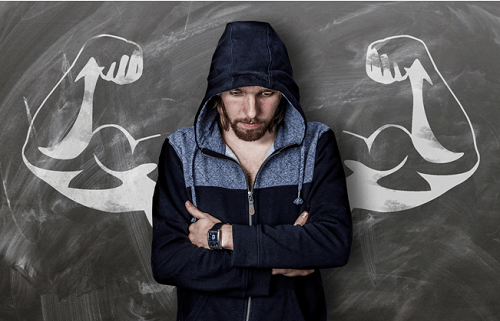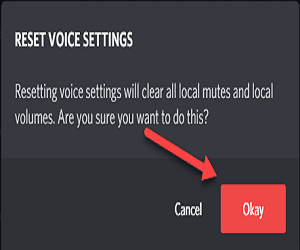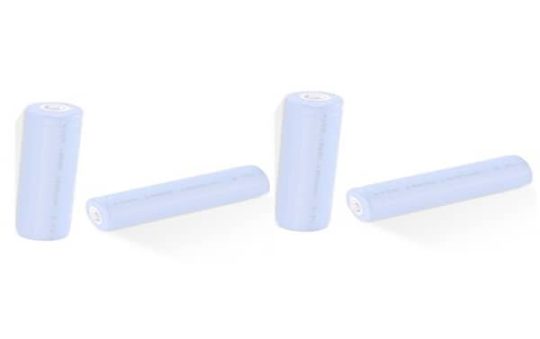Working out and exercising is great for your health. Not just your physical health, as physical health is directly correlated to mental wellbeing. If you push the wheel of your physical health, it will push your mental one as well. But, muscle soreness is something everyone that works out faces.
Muscle soreness happens because when we exercise, we use our cells to the fullest. It wears out the cells, and as a result, we feel tired, and our muscles get sore. Then it prepares itself for recovery. That recovery time is significant not only for those who regularly exercise but for professionals and athletes as well. Even more so for athletes and professionals, if you ask me.
You might have heard about One Punch Man’s regular exercise routine. One hundred squats, one hundred pushups, one hundred situps, and run for ten miles every day, and that is the training procedure. But, this is suicide in terms of physical health as if you do this daily, it will wear out your muscles, and muscle soreness will be terrible.
While your muscle is going through the recovery time, it can heal your body, and it starts to prepare your body for the next training and makes you more robust in the process. Although muscle soreness is a necessary part of an individual’s workout routine, it can be dealt with better. So, today we are going to show you five of the most promising ways to deal with muscle soreness.
Contents [hide]
Ways to Deal with Muscle Soreness

There are many ways to deal with muscle soreness. But, beware as not all of them are backed by science. Although some of the procedures might work for some and might not for others. It’s up to you to find out.
Tart Cherries
A new study by the Scandinavian Journal of Medicine and Science in Sports discovered that eating tart cherry juice can significantly reduce muscle soreness. The reports suggest that if runners start drinking cherry juice five days prior to a race and almost two days after the run, their muscle soreness reduces significantly.
Do you want a cherry on top of this? This report also says that the athletes showed improved recovery, which is like we discussed essential to muscle soreness and building up stronger muscles.
How does it work? It works by decreasing the inflammation with its anthocyanins and colorful antioxidant compounds. So, to reduce your muscle soreness, use this technique.
Red Light Therapy
Red Light Therapy uses low wavelengths of light that mimics the attributes of sunlight. As a result, when the red light is exposed to your body parts or skins, it penetrates it without producing any heat and rejuvenates blood circulation. Light therapy can be effective to get results in a short time.
There is numerous research that suggests that using red light therapy regularly reduces the time your body takes to recover from the workouts. There are numerous examples of athletes and sports clubs that officially use red light therapy to help build stronger muscle and reduce muscle soreness
Coffee
Yes, you are hearing this right! There have been a lot of studies going on with the health benefits of coffee. So, scientists recently discovered that consumption of limited caffeine can reduce subsequent muscle fatigue and soreness. In one study issued in the Journal of Pain, the procedure scored volunteers and athletes a forty-eight percent reduction in DOMS.
Scientists also found painkilling properties in caffeine. It’s because of analgesics, a quality that is used as a painkiller. To get the best results, you can consume two cups of coffee an hour before intensive workouts.
Massage
Finally, there is a justification for all those lazy days spent at the spa. A study from a 2014 research observed that a post-exercise massage can significantly lessen pain in one’s body.
If you follow sports like a religion like me, you have probably seen how athletes get a massage immediately after their games. They post these things on social media, but we don’t realize that this is not only for the comfort of these athletes but to be at their level best in terms of physique.
Recovery Workouts
A 2012 study focused on the impact of recovery workouts. The review was with women who performed cycling activities following a moderate to intensive workout session. It was observed that because of that, they enjoyed a significant reduction in muscle pain. There is evidence of added boost in strength as well.
So, it is time to stop worrying about going through painful muscle soreness after every workout. Now, you can deal better with muscle soreness on your own, without any significant effort.




